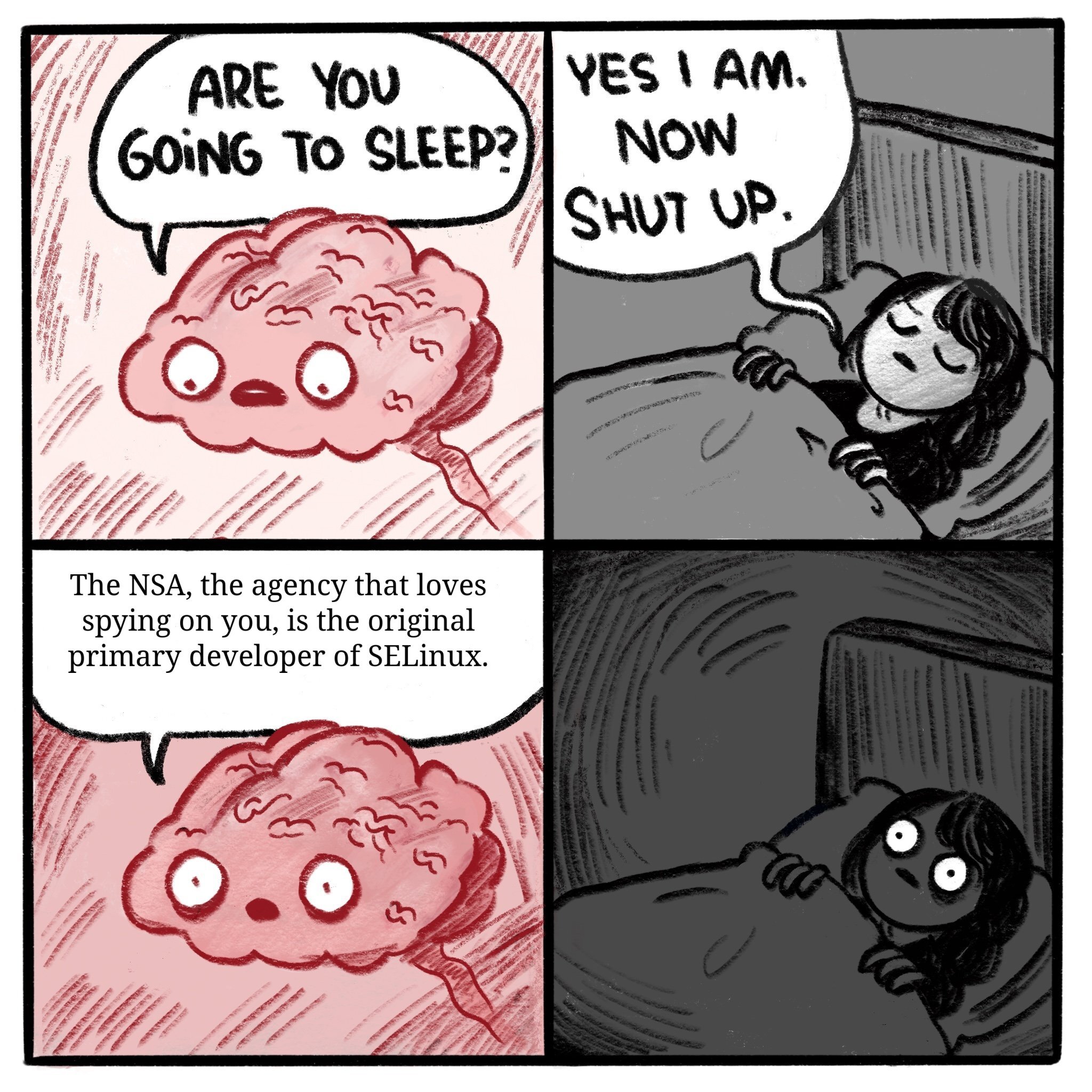I mean, it's still Open Source, right? So it would be pretty hard for them to hide a backdoor or something??
I guess I don't know what's so sus when it's easily auditable by the community and has been for two decades now.
If it's just because it's memes and you're not being that serious, then disregard please.
